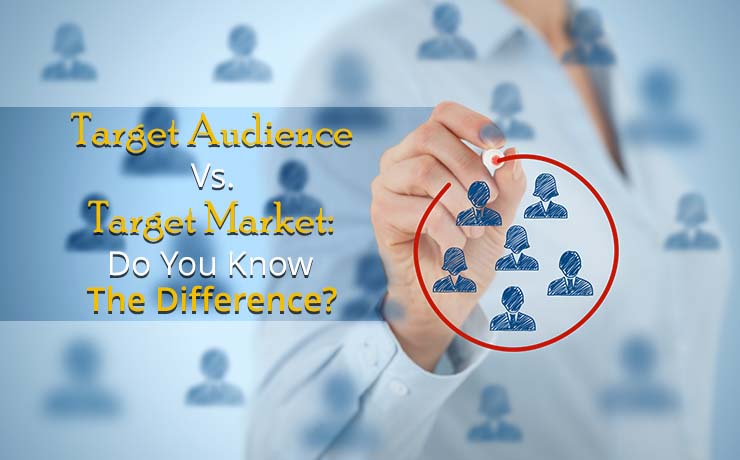Target Audience Vs. Target Market: Do You Know The Difference?

Chad Faith
Director of Content

As a business owner or marketer, it is essential to have a clear understanding of who your target audience and target market are. While the terms are often used interchangeably, they have distinct differences that can greatly impact your marketing strategy and overall success. And let’s be real, if you don’t know the difference, you might end up trying to sell ice cream to Eskimos (not a good idea).
What is a Target Audience?
A target audience refers to the specific group of people that a business or organization aims to reach with its marketing and advertising efforts. This group is defined by characteristics such as age, gender, income, location, and interests. For example, a clothing brand aimed at teenage girls would have a target audience of teenage girls. Or as we like to call them, “the ones who will decide whether your brand is cool or not.”
One of the key benefits of identifying your target audience is that it allows you to tailor your messaging and marketing efforts to meet the specific needs and wants of that group. By understanding what your target audience is looking for, you can create targeted online marketing campaigns that are more likely to resonate with them and ultimately lead to increased sales. Like trying to sell a “dad bod” t-shirt to fitness enthusiasts, it’s just not going to work.
What is a Target Market?
A target market refers to the group of consumers who are most likely to purchase a business’s products or services. This group is defined by factors such as demographics, psychographics, and behaviors. For example, a car company that sells luxury vehicles would have a target market of upper-income individuals. Or as we like to call them, “the ones who can afford our fancy cars.”
One of the key benefits of identifying your target market is that it allows you to focus your resources and efforts on the group of consumers who are most likely to buy from you. By understanding who your target market is, you can develop products and services that meet their specific needs, and create marketing campaigns that are most likely to attract them. Like selling a luxury car to a college student, it’s not going to happen.
How are Target Audience and Target Market Different?
While target audience and target market may sound similar, they are different in several ways. Target audience refers to the specific group of people that a business or organization aims to reach with its marketing and advertising efforts, while target market refers to the group of consumers who are most likely to purchase a business’s products or services.
Another key difference is that target audience is defined by characteristics such as age, gender, income, location, and interests, while target market is defined by factors such as demographics, psychographics, and behaviors.
One way to think about it is that the target audience is the group of people a business wants to reach, while the target market is the group of people a business is most likely to sell to. Like trying to sell a vegan burger to a carnivorous market, it’s not going to be successful.
How to Identify Your Target Audience and Target Market
The first step in identifying your target audience and target market is to gather data on your current customers. This can include information such as age, gender, income, location, and interests. Look for patterns and commonalities among your customers to help identify your target audience.
Next, conduct market research to gather information on potential customers. This can include surveys, focus groups, and online research. Look for patterns and commonalities among potential customers to help identify your target market.









